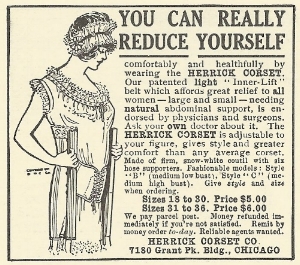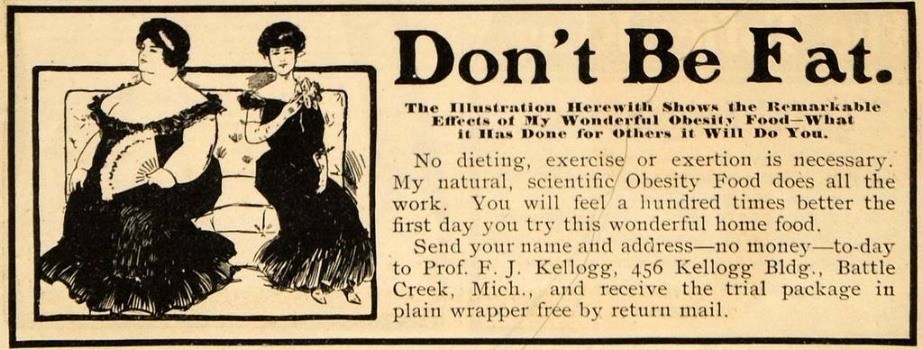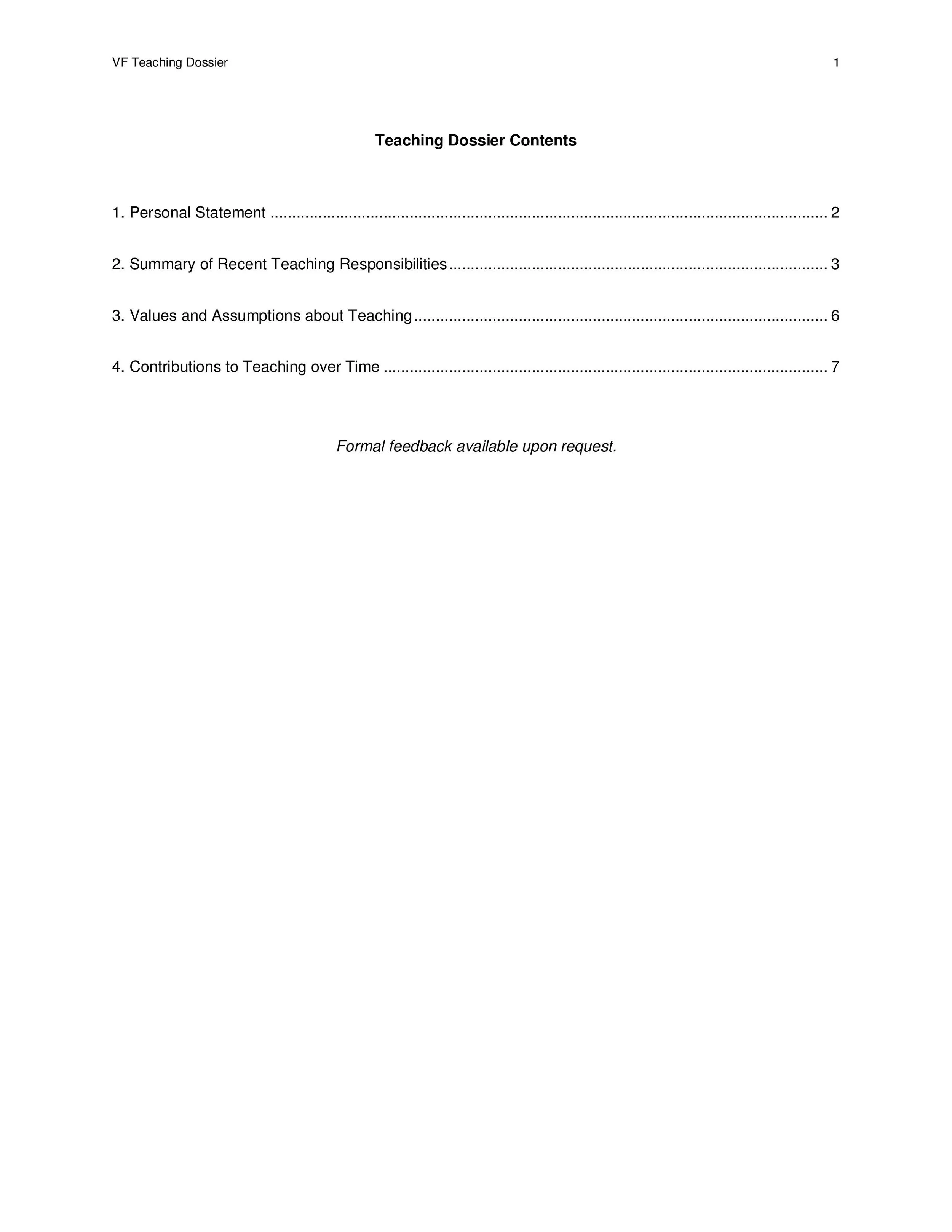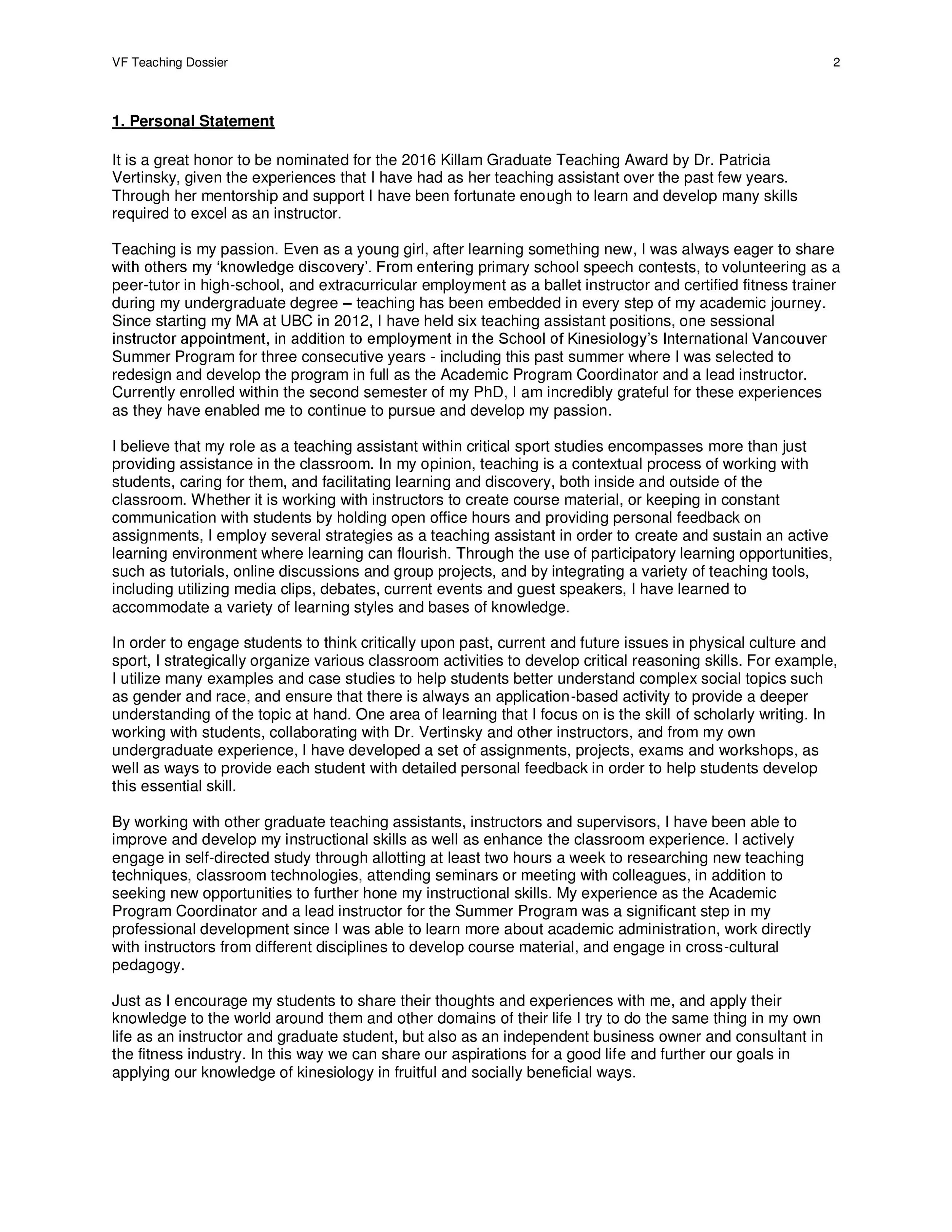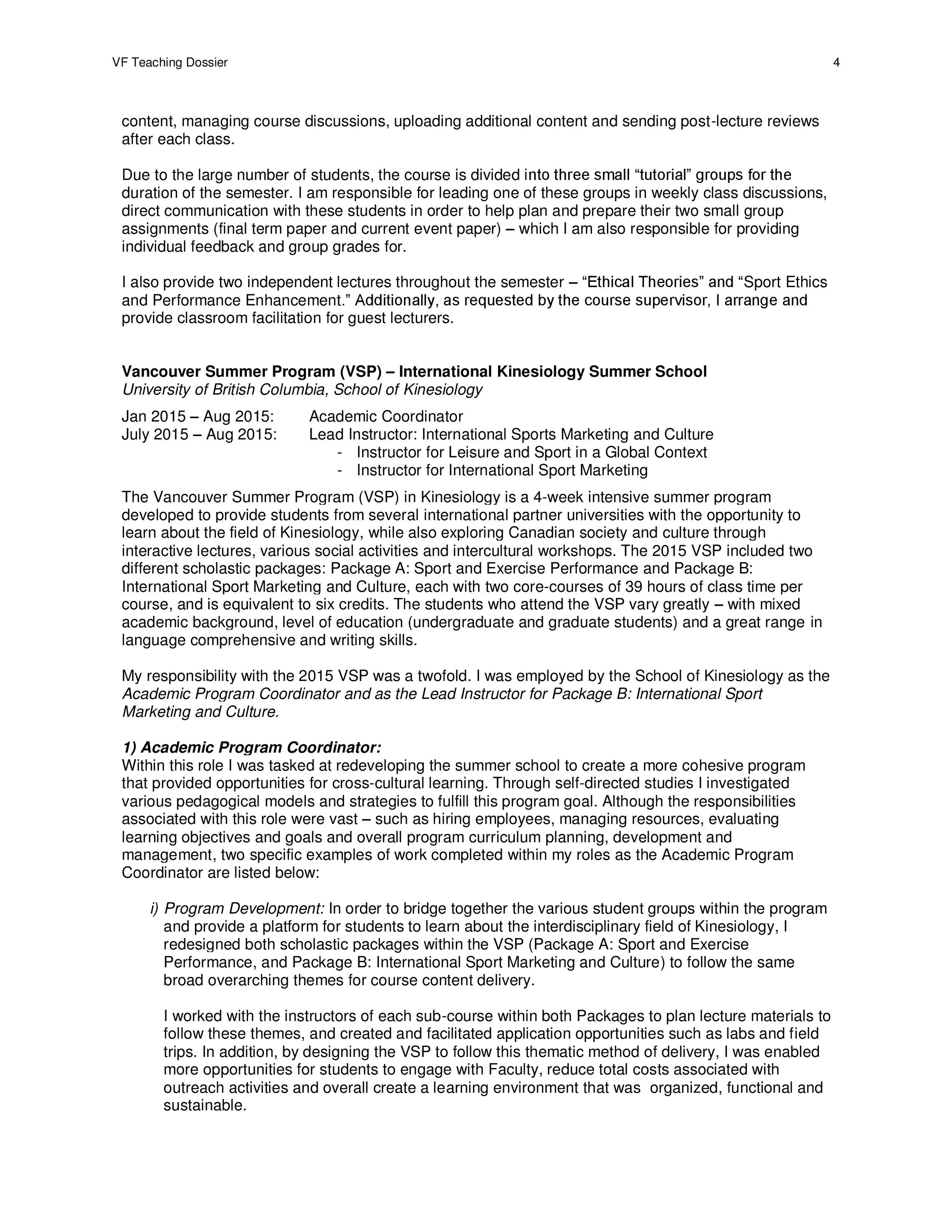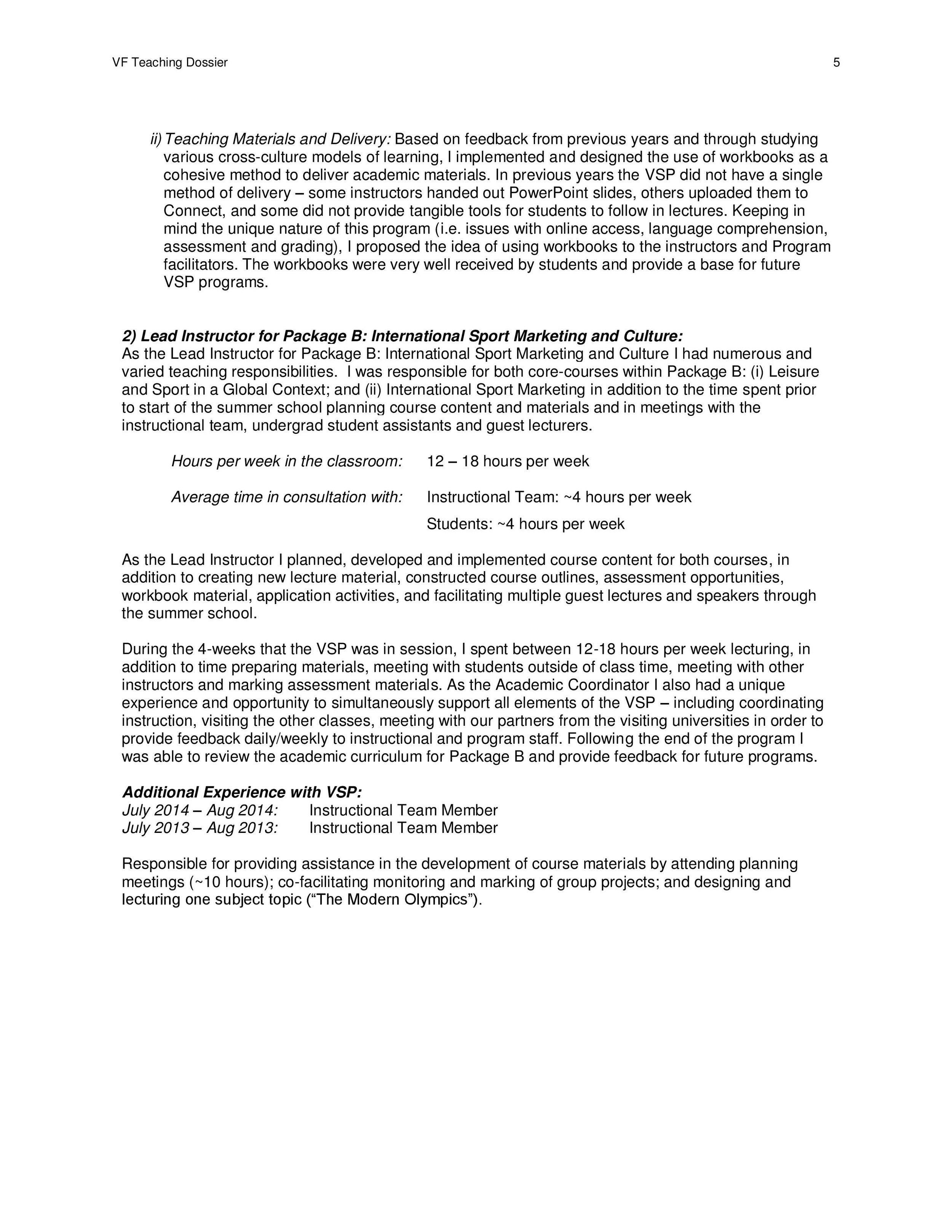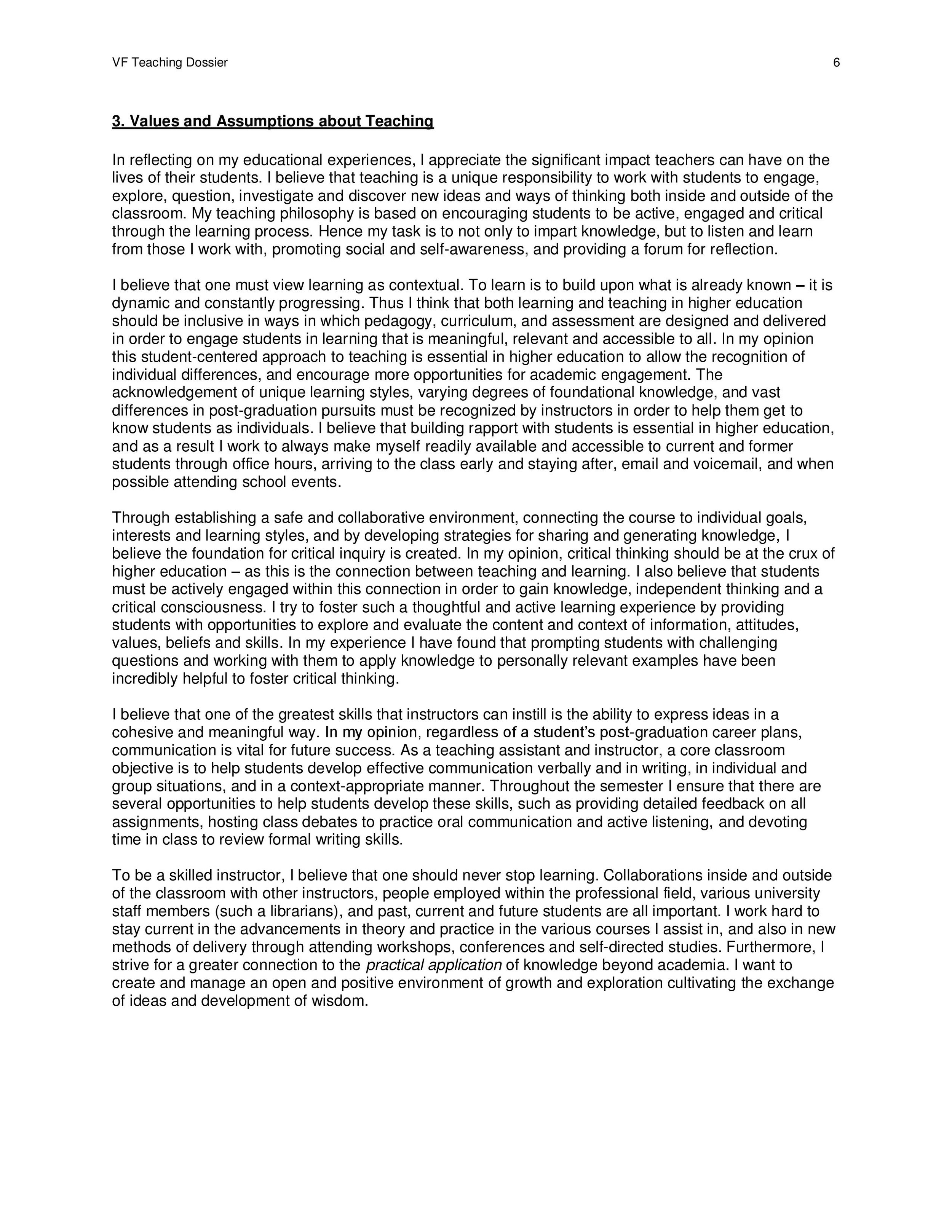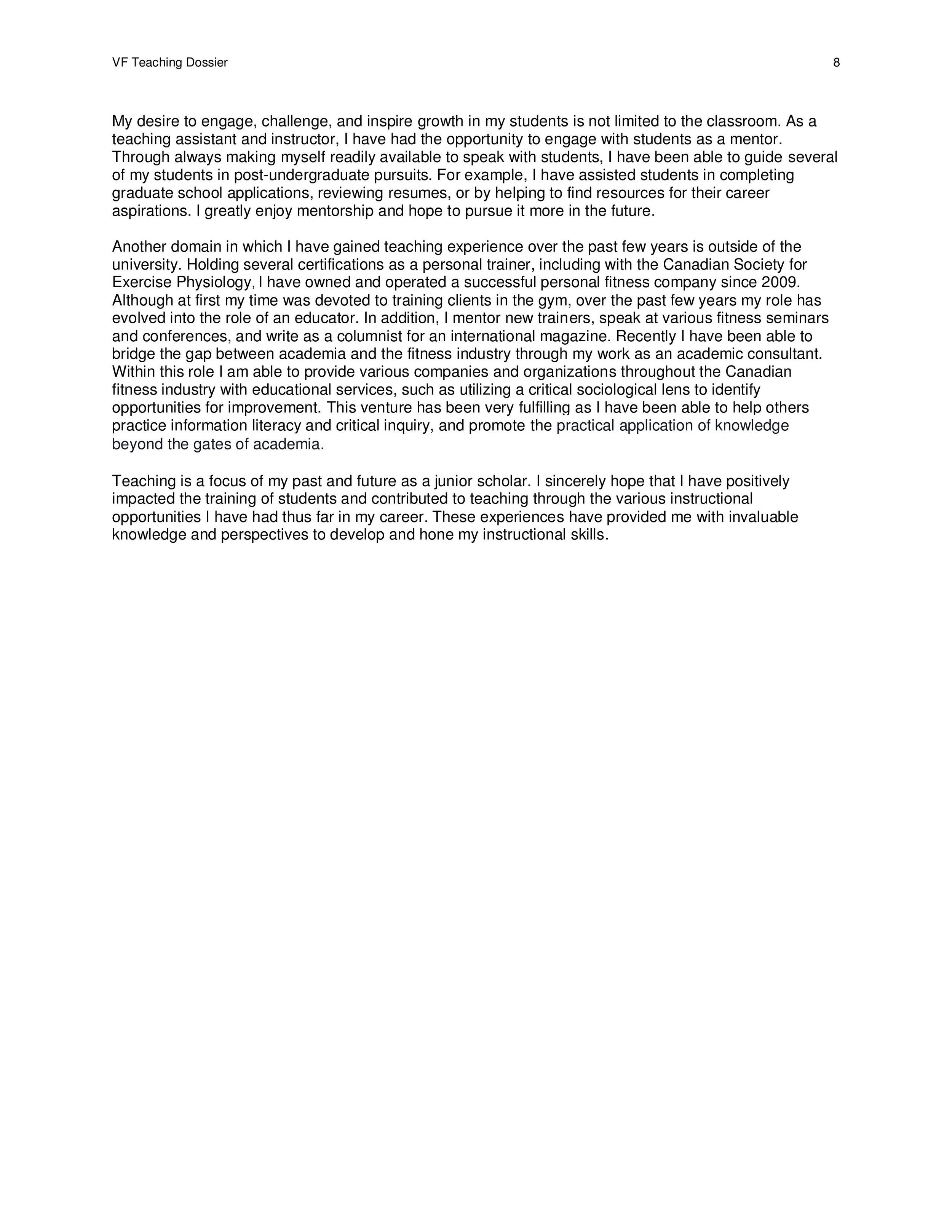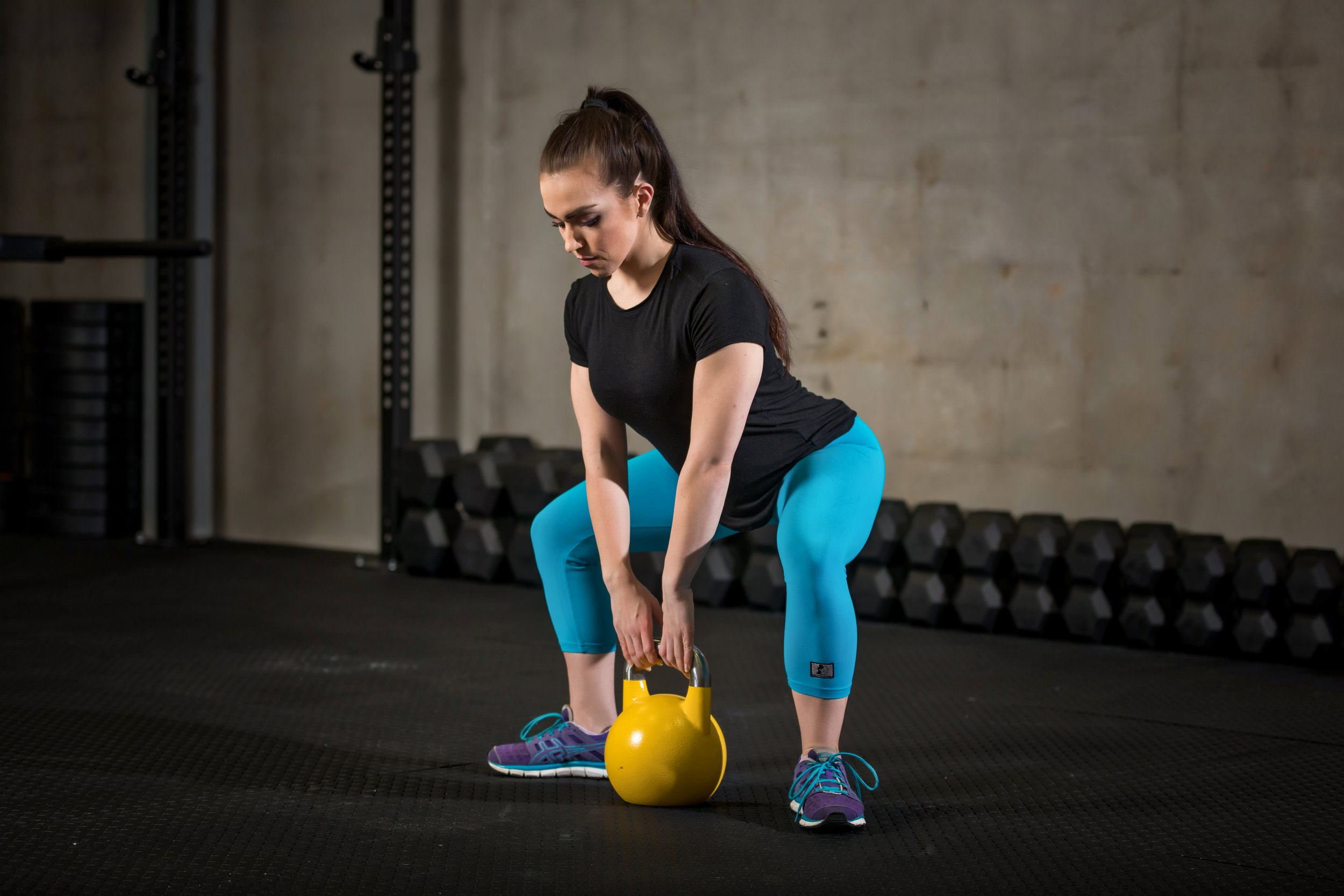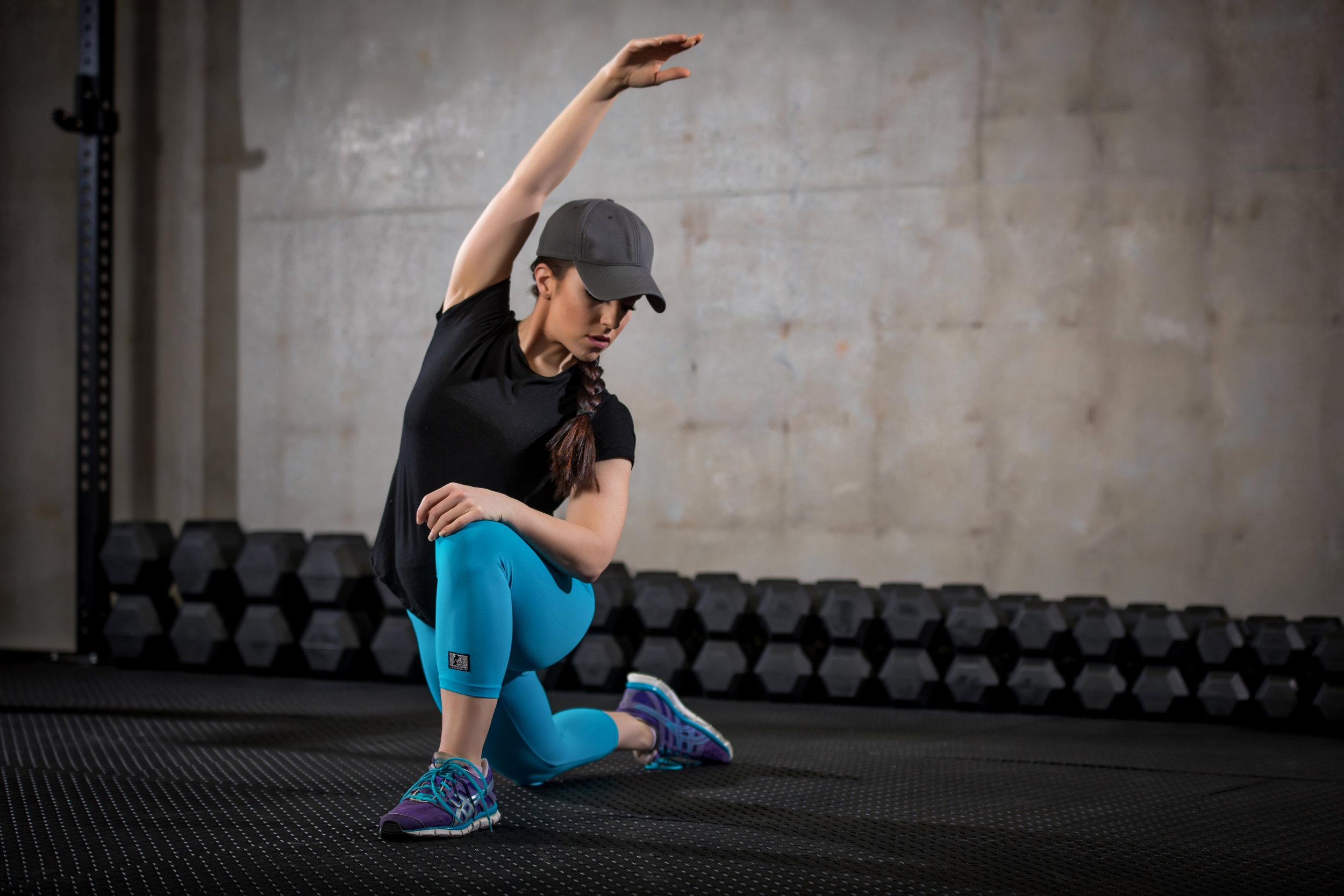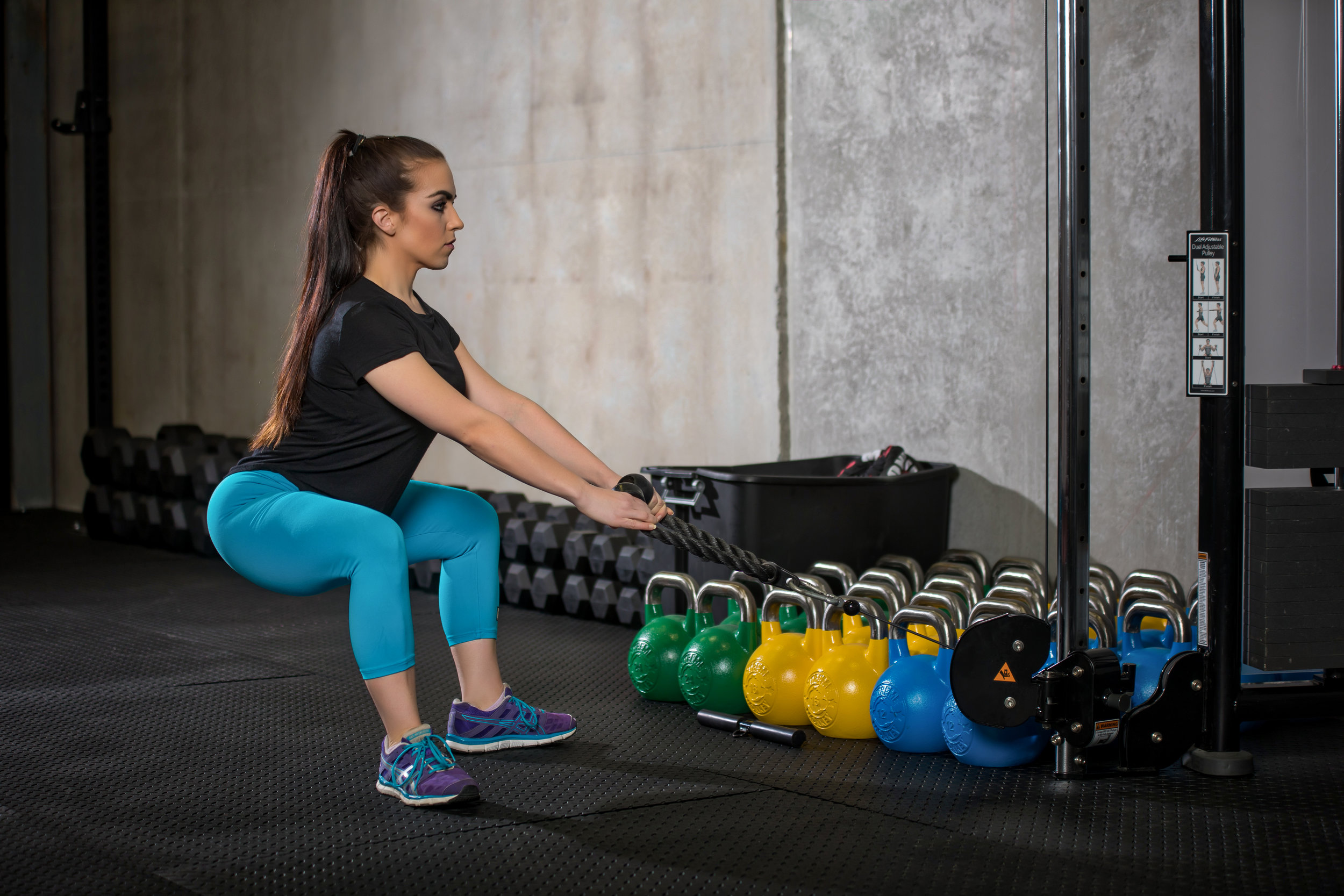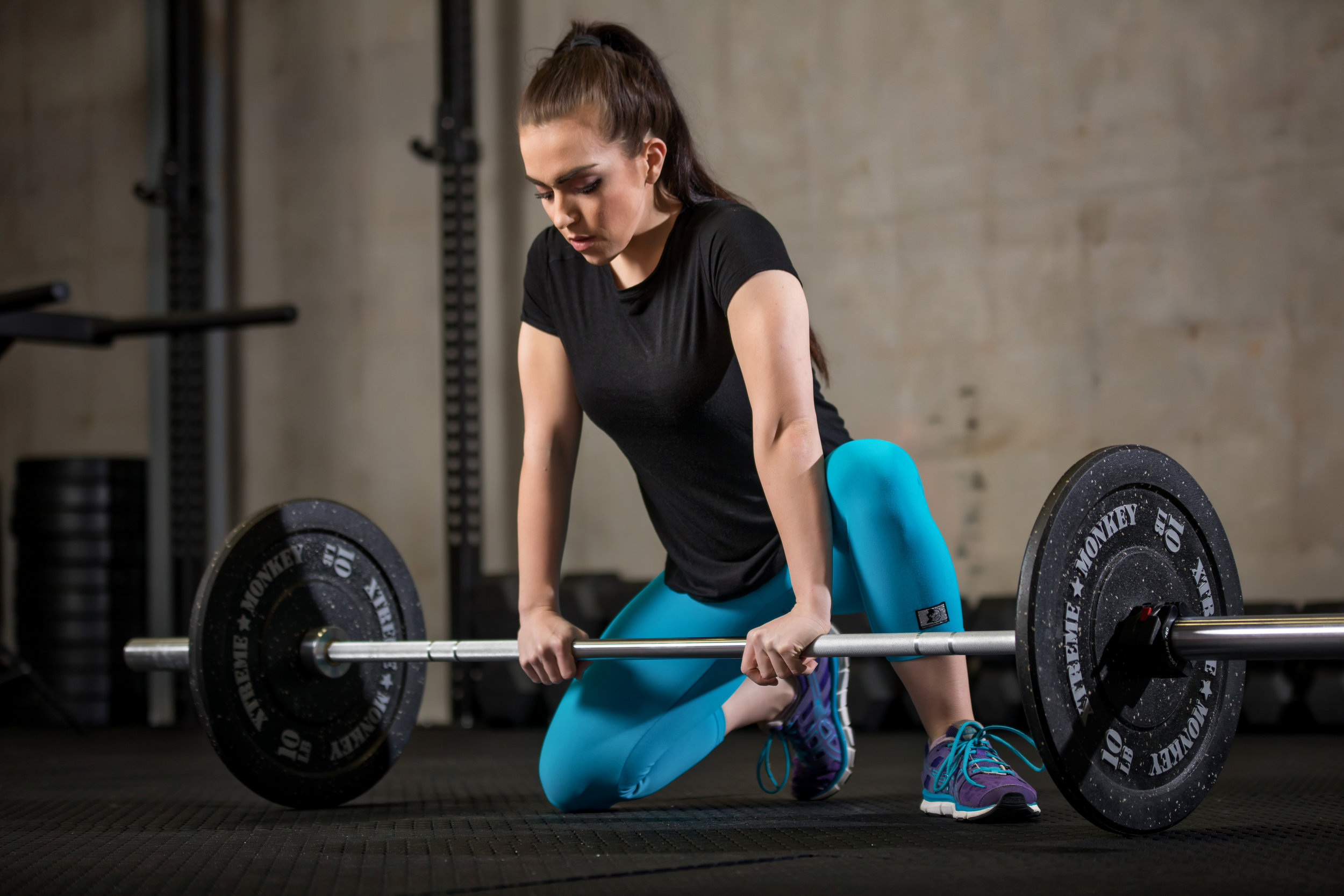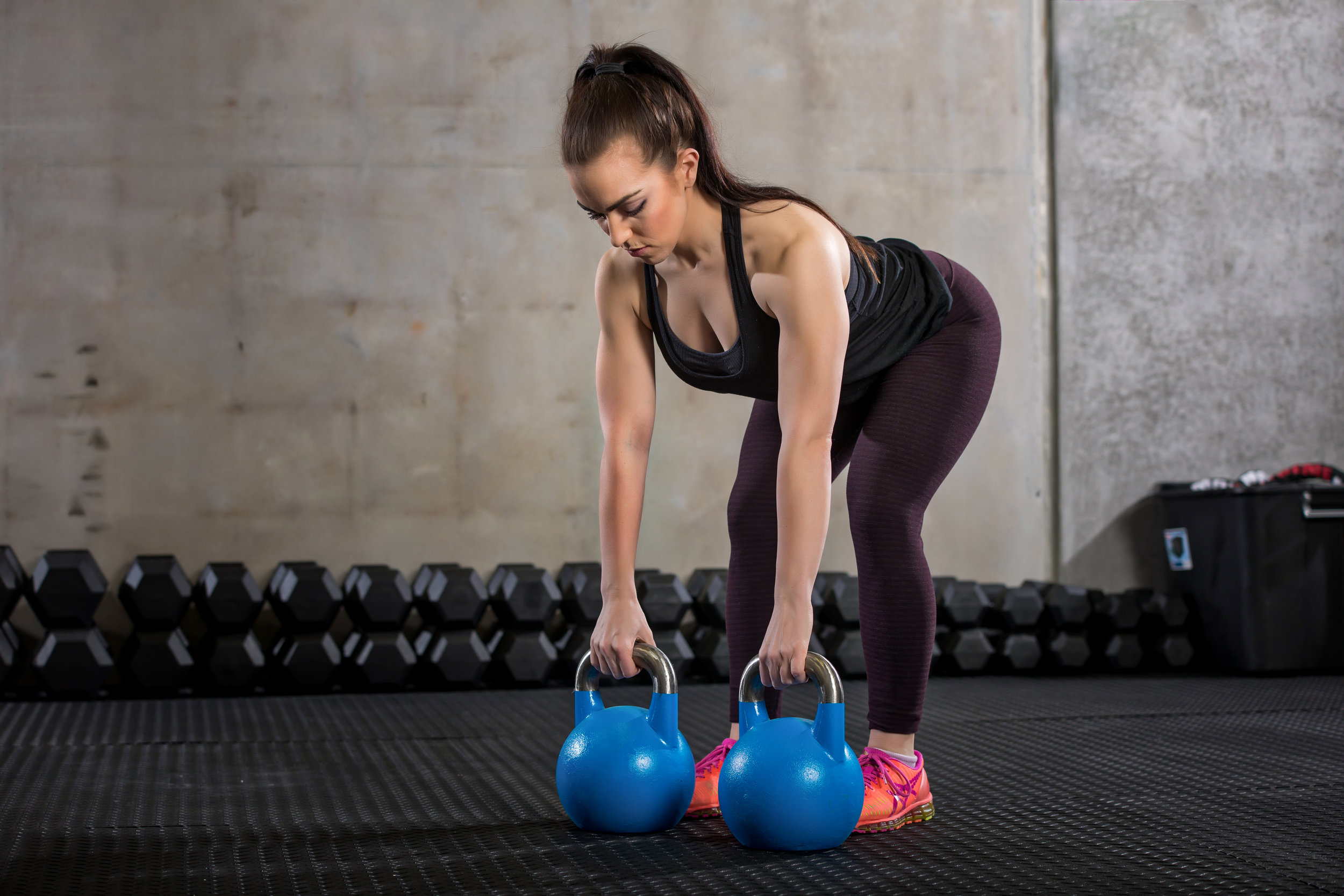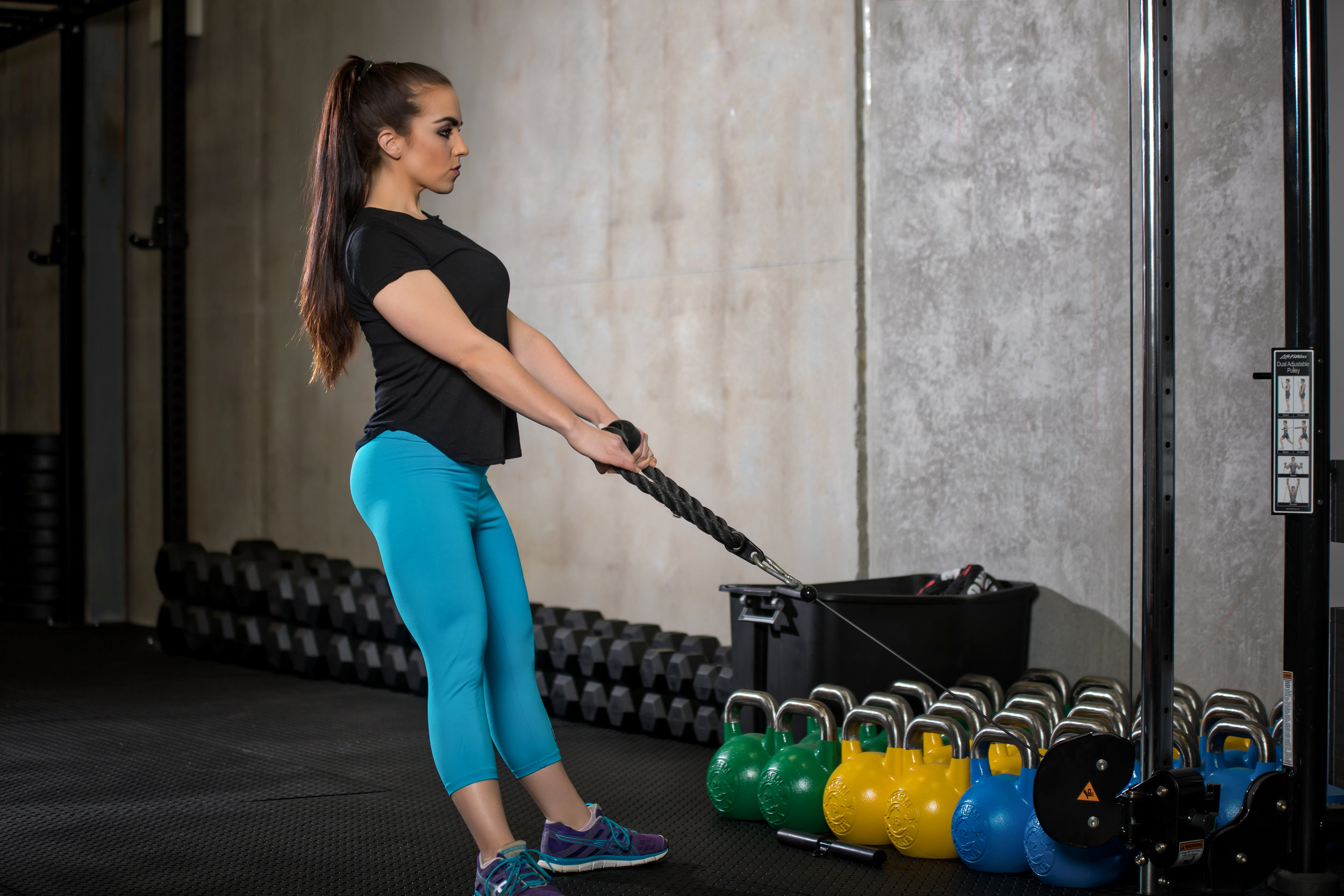SELECTIVE ANDROGEN RECEPTOR MODULATORS:
A GOLDEN GOOSE OF GAINS, OR JUST ANOTHER SITTING DUCK FOR YOUR LIVER?
Have you ever heard the story of the golden goose?
It’s an old incredibly old fable, literally about a goose that one day lays a golden egg. Rather than waiting to see if the goose would lay more gold, it was killed by its impatient owner who wanted all of the riches immediately.
On the surface this may not seem like anything more than a foolish children’s tale, the tale of the golden goose serves as vivid reminder that ‘greed loses all by striving all to gain.’ You’d probably never guess, but there’s a similar story behind the mythical substance, known as SARMs.
Originally developed as a 'big-pharma' ticket item since the late 1990’s, in recent years, selective androgen receptor modulator or SARMs have gained a cult-like following as the new magical-anabolic substance within the fitness industry. However, outlandish claims together with the exploitation of pharmaceutical patents, abuse of legal-loopholes, and booming black-market business, have the potential to destroy SARMs before they can even turn a legitimate profit or be used to treat some of the most vulnerable clinical populations.
What exactly are SARMs? Believe it or not, that’s not actually the simplest question to answer. For the purposes of this article we’ll be looking at a novel class of nonsteroidal selective androgen receptor modulators that fall under the popular umbrella-name of SARMs.
Before we go any further, let me clarify something about SARMs – they are drugs. They have medical, ethical and legal implications associated with them. Yet, many recreational users probably don’t have a clue what they are or how they work. To be honest, with so much misinformation about them out there, I can’t entirely blame them for that either.
Unlike many other popular-fitness articles about these drugs, you won’t get any advice on how to take SARMs here. Not only would that be totally unethical and illegal, but in my opinion, the trend of the blind leading the blind has only fueled the unsubstantiated worship of these compounds by bro-pharmacists and guru-prep coaches.
Don’t let the fact that until a couple years ago you could readily and legally purchase SARMs from various pseudo-supplement retailers, and often voluntarily be sold false claims about the effectiveness, safety or purity of these drugs.
As it stands today, there’s a lot still to be uncovered about the newest kid on the anabolic block. Indeed, SARMs are steroidal millennials. They haven’t even been a ‘thing’ for 20 years, yet have a reputation that far precedes the research, data and efficacy of these drugs.
With so much bad, incorrect and misleading information on SARMs, we’ve literally got to start at the very beginning. Let’s talk about androgens.
LAYING ANABOLIC GOLD
I’ll try to keep this as simple as possible, but in order to better understand how these drugs work it’s important to know a little about the biochemical properties and physiological processes of androgens and SARMs.
Even though they are dubbed ‘male’ hormones, each of us produce varying degrees of androgens naturally throughout the life course. They are complex molecules that act as ‘chemical messengers’ for numerous processes essential to bodily function. Made at different locations throughout the body including the ovaries or testies, adrenal glands and fat cells, androgens all share a 4-ringed cholesterol structure.
Regardless of the job at hand, many androgens act on - or send messages inside specific target cells known as “androgen receptors” or “AR”. As a member of the steroid receptor superfamily, the androgen receptor is an incredibly important target for numerous pharmaceutical interventions, including in, for example, cases androgen deficiency, osteoporosis, and muscle wasting. There are many drugs that interact with androgen receptors, and promote androgenic or anti-androgenic effects. These compounds are known as “androgen receptor ligands” and typically are thought of as either causing: (a) androgenic results (“agonists”); or (b) anti-androgenic results (“antagonists”).
Another way, and possibly simpler way to understand this process is by thinking of lock and key: only certain keys can unlock certain doors.
Here’s an example of what I mean. You have a house that has a front door, back door, side door, and a door that provides entrance to a basement suite. It’s likely that you would have a master key – a skeleton key of sorts that can open all four doors. This “key” represents substances like testosterone and other anabolic-androgenic steroids. These drugs “unlock” androgenic receptors, which results in various androgenic effects.
But, what happens if you want to provide limited entrance to your house only through the basement door?
Thanks to SARMs, you can now do that too.
The ability to only “unlock” some or selective androgen receptors is the main reason behind the development of SARMs. By doing so, researchers thought that it would be able to minimize undesirable side-effects normally associated with anabolic-androgenic steroids. At the same time, it was believed that by opening some ‘doors’ and not others would allow users to exploit desirable effects - aka. the gains. And, all it would take would be to swallow a pill or two, once a day. I’ll let you decide for yourself if maybe that sound a little to good to be true.
While it took a few decades, a lot of money and numerous failed experiments, by the late 1990’s pharmaceutical companies believed they finally had created the perfect oral-anabolic drug for use in clinical populations. To do so, they developed a nonsteroidal substance that could do the job of a steroid by acting on specific androgen receptor sites. It also had simply dosing, little side effects and all the anabolic benefits desired. Hopefully it goes without saying that this was no easy feat – and arguably came with some issues for both researchers and trial users.
How exactly do you create a substance that can act on androgen receptors and provide all the tuff’ with none of the fluff?
Completely change the way it looks.
Let’s go back to our house analogy. Is there a way to unlock a door without having the key? Sure, grab yourself a hair pin and pick the lock. Now, if you’ve ever tried picking a lock with a hair pin, you’ll know this is a skill that requires mastery. While it’s not impossible to do, you must have the right combinations to be successful.
Does a hair pin and a key look anything alike? Heck no.
Guess what?
Neither do steroids and SARMs.
As I mentioned above, as a steroid, androgens share a 4-ring cholesterol structure. Guess what? SARMs don’t. Just by nature of them being a nonsteroidal compound they can’t and don’t have this same signature structure. Instead, there are 8 different chemical structures or “scaffolds”, that make-up the SARMs family – and each family has a host of different SARMs nested within it. As a result, the total number of specific SARMs structures are endless.
Unlike steroids, SARMs shouldn't metabolize into DHT (dihydrotestosterone by 5-[alpha]-reductase) or aromatise to estrogen – which means there shouldn’t be the same side effects such a male patterned hair loss, or gynecomastia.
In theory, SARMs may sound like a pretty golden product to try… all gains and only glory. Think again. This goose needs a lot more time, before it can safely take flight.
THE DUCK TEST
Have you ever heard of the duck test? You know the one I mean … "if it looks like a duck, swims like a duck, and quacks like a duck, then it probably is a duck."
What happens if it doesn’t look like a duck?
What happens if we change one of the crucial identifying components? If it doesn’t look like a duck, but it swims like a duck and quacks like a duck, is it probably a duck? I’ll let you be the judge of that one.
The reason I bring this up, is that this premise underlines the popular opinion of SARMs safety.
If it looks like a steroid because of a specific 4-ring structure, works on an androgen receptor, and can promote muscle growth and strength, then it must be an anabolic steroid… and those come with some hefty side-effects. So, what happens if it doesn’t look like a steroid? There aren’t any side-effects, duh.
Just like that, we have the foundation for one of the biggest myths surrounding SARMs. That they are somehow ‘safe’ to use - a ‘healthy’ steroid alternative that doesn’t have any side-effects. Sure, SARMs many not ‘look’ structurally like steroids, but they still share a lot in common with anabolic steroids, including similar associated health risks.
Before I go any further I also want to make something else clear – contrary to what many in the industry are saying about SARMs, they are not “100% anabolic.” While a major selling point of these compounds is that they are drugs that can provide only the anabolic effects of anabolic-androgenic steroids, and that’s just not the case - at least not yet. Plus, many of the popular SARMs used within the industry still have androgenic components – thus, opening the door for androgenic side effects. And these go beyond potential visual changes, and suppression of testosterone and sperm development through suspending the hypothalamus-pituitary-gonadal axis.
SARMs have many of the same side-effects of oral anabolic steroids, including influencing a rapid breakdown to levels of HDL or high-density-lipoprotein cholesterol (the good stuff) and inflammation-induced rise in liver enzymes. While it’s possible these could be rectified by using an injectable form of SARMs, the reality is, that probably won’t be manufactured anytime soon. Keep in mind, these drugs were almost exclusively designed for oral use in therapeutic populations.
Many of negative sides of SARMs are exaggerated by supraphysiological dosages … you know, the “higher than suggested” standard doses used by athletes and bros alike.
Clinical studies on SARMs have only been done in vitro, isolated cells or in either animal studies (aka on rats) - or like many steroids, on the sick or old within clinical population settings. They have not been tested on healthy, young active males and females, and the doses within the research on SARMs are significantly lower than those required for performance enhancing effects. Even those lower doses have been seen to result in negative side-effects!
I think this is a good time to remind you that we’re dealing with the millennial anabolic. If after over 75 years we don’t know the full extent of AAS side effects, how do we know the health consequences of SARMs? We don’t.
We do not know the health consequences of SARMs.
Not only that, but by the time that we learn about a new SARM, it’s often already been re-configured by researchers. Currently pharmaceutical companies are testing “second-generation” non-steroidal SARMs (maybe even third by the time you read time) – leaving an entire flock of first-generation SARMs behind.
Why didn’t those ones go to clinical trial? Simple, they didn’t work like they were supposed too. Many first-gen SARMs had far too many risky side effects to ever get ‘stamp of approval’ required for their use.
No stamp = no approved used = no profit for drug companies.
And so, first gen-SARMs got scrapped by the pharmaceutical world. But you know what they say. One man’s trash, is another man’s treasure.
KILLING THE GOOSE
First-gen SARMs were found by researchers to dangerous and not actually effective, but that didn’t stop our industry’s serial snake-oil supplement gurus from manufacturing, propagating and making millions off sales. Unfortunately, this is one of many shortcomings associated with mainstream SARMs use.
The propaganda surrounding SARMs are plentiful. Much of it is nothing more than a myth – it holds small fragment of reality, and a whole lot of bs.
For example, SARMs do build muscle. I can’t deny that. In some of the early studies on first-gen SARMs, there were ‘modest gains’ in lean mass – 1.0 to 1.5kg over the course of 4 to 6 weeks. Here’s the kicker – studies on injectable testosterone resulted in 5 to 7kg of lean mass gains over the same period. Plus, the modest SARMs gains came with nasty side effects!
If you’re familiar with SARMs you’ve probably noticed that many of them have code names, usually being made from a combination of letters followed by numbers. The reason for this is rather simple. SARMs are patented products that have not been approved for use, and are either still in – or never made it out of trial phases. They are experimental drugs that have not been offered for commercial sale by legitimate companies. Nevertheless, this hasn’t stopped the World Anti-doping Agency (WADA) or recent law changes from tightening the iron anti-doping grip on the sale and use of SARMs.
In early 2008, SARMs were added to WADA’s prohibited list, becoming one of the many substances banned for use in athletic competition. Mainstream use continued to fly under the radar. But in May 2016 that would come to an end when the FDA reportedly explored complaints of specific SARMs being marketed and sold by supplement companies.
Basically, a pharmaceutical company caught wind that one of the drugs they had been studying in clinical drug trials for nearly a decade was being reproduced by sport supplements companies and marketed to the masses. Under the guise of calling this drug a “dietary supplement”, these companies almost got away with it too! Obviously, there’s more than one legal issue here. One of these include that under US federal law, dietary supplements can’t include a substance being investigated as a new drug. Which as you’ve just read, many SARMs most definitely are!
There’s also been recent (and growing numbers of) reports discussing SARMs being found in various products that they shouldn’t have been included in… buyers beware: tainted supplements do exist!
As I mentioned earlier, SARMs are patented – that means any company manufacturing them without the consent of the founding pharmaceutical, is doing so illegally. While it’s recorded that at least one pharmaceutical company has begun sending cease-and-desist letters to stop the illegal manufacturing of a specific SARM, there remains numerous other SARMs still readily available for purchase.
How did supplement companies get away with selling SARMs illegally for so long?
Through the lovely legal loophole known as “research chemicals.” Discussing it is out of the scope of this article, but I’ll say this – at this time, SARMs are not available for resale under any circumstances in both United States and Canada. Yes, Canada too… contrary to popular belief SARMs are not licensed or permitted for medical or therapeutic use in here either. If you doubt this, just take a look at the numerous cases against athletes who have been caught using SARMs through the Sport Dispute Resolution Center of Canada.
There are also major questions being raised about the purity of SARMs currently being sold. Sounds familiar, doesn’t it? Those backyard black market labs who make dirty gear, are now also in the SARMs game too. Underground SARMs tested by academic researchers found that instead of containing a pharmaceutical-grade drug as claimed, the products were more like a D.I.Y. disaster – containing at least 15% impurities.
So, what does all this mean? Although SARMs can’t be legally defined as ‘anabolic steroids’ (since they don’t have structurally resemble testosterone), that doesn’t mean they are free game.
Thought to be the “future of androgen therapy,” SARMs were truly believed to be an alternative to steroids – a Utopian drug that would revolutionize the pharmacological world. It’s been nearly 20 years since their inception, and there has yet to be an approved drug in this category yet. Few have been close, and while there are a few hopefuls currently in trial stages, at this point in time the golden egg hasn’t had time to hatch. Ultimately, the golden goose of gains hasn’t even been laid yet.
Thankfully, this hasn’t killed the SARM dream yet. Researchers are continuing to reconfigure molecular structures at an astronomical pace, and the newest generation of drugs may be available for clinical use within the next few years. Presently, both the side-effects and suspicious claims are alive and causing a lot of potential harm for the future of these drugs.
For now, it looks like SARMs may be nothing more than a sitting duck.
© Victoria Felkar. All rights reserved. For informational purposes only, not to be construed as legal or medical advice.





